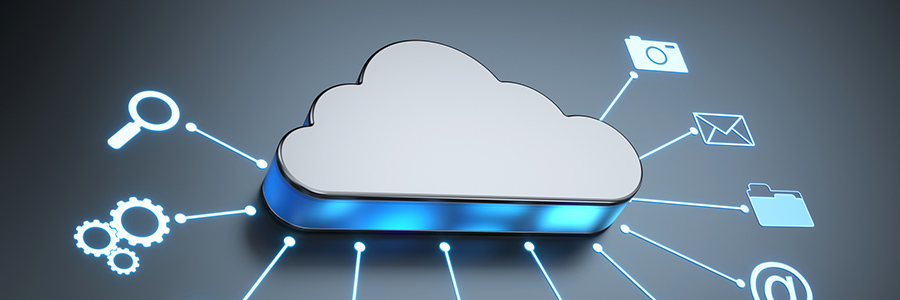5 Signs that your small business needs technology upgrades
Remember back when we had to wait minutes for our dial-up modems to connect us to the internet? Nowadays, we’re perpetually connected to it — no more waiting necessary. If everyone in your company had to revert to dial-ups, that’ll add up to hours of wasted production hours.

Sticking with old and inefficient tech can essentially have the same effect on your business, but how would you know it’s time for IT upgrades? Here are five signs you need to watch out for:
1. You’ve outgrown past capacities
This is a usually good problem to have because it means that your business is growing. Small firms often use free versions of Software-as-a-Service (SaaS) apps. However, once they exceed a certain number of employees and/or need more advanced features, they’ll need to upgrade to paid versions with richer sets of features.
You’ll also need to scale up your tech when your customer base grows. For example, you might need to augment your team of customer service representatives with chatbots that can take FAQs off of your reps’ shoulders. This will enable your agents to take on the increase in complex customer queries — the type that only humans know how to answer.
Business growth also means the generation of more data, such as customer records, order information, and shipping details, among other things. Not only will you need more data storage, but also better data protection and enhanced backup systems.
2. Device repairs and upgrades are costing you more
Often, when your computer is still relatively new, replacing or upgrading worn-down parts is the cost-efficient way to go. However, as more time passes, replacement parts become harder to find and thus more expensive. Furthermore, operating systems and software require greater computing resources that old and obsolete computers don’t have. Such machines will run slow or hang, which leads to costly downtime. Whatever money you think you’re saving by not buying new devices will be quickly exceeded by the money you’ll lose in terms of productivity, paying customers, and opportunities to surpass your competition.
3. You’re missing out on energy cost savings
Beyond providing better performance, newer business computers also offer greater energy efficiency, which leads to substantial cost savings. Heck, some computers can be used by multiple end users. By using such powerful devices, you won’t need to allocate individual computers to each employee, but instead provide them with networked machines called thin clients that consume up to 50 times less electricity.
4. Your business processes have become more complex
Offering a wider array of goods and services, partnering up with other businesses, and expanding to new territories all lead to the adoption of more complex business processes. To illustrate, broadening product lines necessitates factoring in more data variables, such as the sourcing of new materials, construction of new factory machines, and creation of new production workflows. Partnering up with another business means setting up new accounts, communication lines, and protocols for data sharing and ensuring data security. Putting up offices in other countries means complying with varying laws on data storage and handling.
The more intricate your business processes become, the more you’ll need data systems across teams, departments, and business partners to be better integrated and streamlined for the sake of efficiency.
Most businesses take the piecemeal approach to building their IT systems. That is, they build upon their existing infrastructure by adding new tools that may fit their budget and fulfill their business requirements in the short term. However, these often introduce costly incompatibilities and inefficiencies in the long term. Partnering with a top-notch managed IT services provider like [company_short] to upgrade and correct your tech will reduce your costs down the line.
Furthermore, the more intricate your business processes become, the more you’ll need data systems across teams, departments, and business partners to be better integrated and streamlined for the sake of efficiency. Steps like manual data entry and records reconciliation must be automated to make processes faster and less prone to errors. You’ll also want your SaaS tools to work well with one another so that you’ll avoid redundant data processing steps and the formation of data silos. You can do all of this by upgrading your tech with enterprise resource planning in mind. Our IT specialists at [company_short] can help you out in that regard.
5. Your staff members are complaining about their devices
Last but not least, forcing your staff to keep using outmoded machines will frustrate them and cause them needless stress. Managers often underestimate how much their staff resent them whenever they expect a certain level of performance but don’t provide the tools that are sufficient for this purpose.
However, by providing your employees with new computers and adding just a few more minutes of productivity into their day, you’ll realize gains that will eventually pay for the cost of the machines. Not only that, but you’ll also show your staff that you value them and their contribution to the organization and want them to succeed in their roles. All of this will likely boost their morale and motivation to do their best work for the company.
For all of your tech upgrade needs, [company_short] has got you covered. Leave us a message or call us at 801-747-3200 today to learn more.








